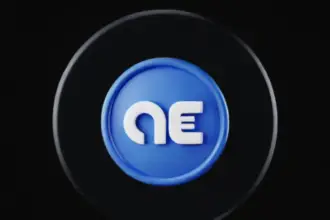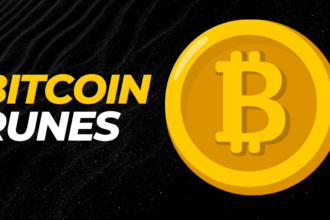
Polkadot, like many post-Bitcoin cryptocurrencies, is both a token that can be bought or sold via exchanges like Coinbase and a decentralized protocol.
The Polkadot protocol is designed to allow unrelated blockchains to securely talk to each other, so that value or data can flow between, say, the Ethereum and Bitcoin blockchains without any intermediary. It’s also designed to be speedy and scalable, via the use of many parallel blockchains (or “parachains”) that take much of the processing demand off of the main blockchain.
The Polkadot token (DOT) serves two main functions within the Polkadot network: it’s a governance token, which allows holders to have a say in the future of the protocol, and it’s used for staking, which is the way the Polkadot network verifies transactions and issues new DOT. DOT can be bought and sold on exchanges like Coinbase as part of your investment strategy.
How much is Polkadot worth?
You can check Polkadot’s current price via its Coinbase asset page.
How is Polkadot structured?
The Polkadot network includes a main blockchain called the “relay chain” and many user-created parallel chains (or “parachains”). It also has a connecting layer, or “bridge,” that allows value and data to be transferred between most blockchains — and can even be used to connect to non-blockchain databases.
How does Polkadot work?
The reason Polkadot can process all of this information is that the many parachains do a lot of the heavy lifting for the main relay chain. As a result, the Polkadot network can process more than 1,000 transactions per second, compared to about 7 for Bitcoin and 30 for Ethereum. As the network grows and more parachains are added, Polkadot should get even faster, with speeds that could hit a million transactions per second.
Or as the infrastructure experts at Bison Trails describe it:
The relay chain is responsible for achieving consensus and transaction delivery … among parachains. Parachains … are application-specific blockchains within the Polkadot network. Each para chain is an entire blockchain in and of itself, with its own logic and features.
How does staking work on Polkadot?
Polkadot uses a proof-of-stake consensus mechanism (as opposed to the proof-of-work system Bitcoin uses) to secure the network, verify transactions, and create and distribute new DOT. There are several ways DOT holders can interact with the staking system — depending on how much time, technical knowledge, and money they want to devote.
- Validators do the most work — it’s a major commitment, and requires technical know-how. To become a validator, you need to run a node (one of the computers that make up the network) with little to no downtime and stake a substantial amount of your own DOT. In exchange, you get the right to verify legitimate transactions, add new “blocks” of transactions to the relay chain, and potentially earn newly created DOT, a cut of transaction fees, and tips. (On the flip side, you can also forfeit some or all of your staked DOT for acting maliciously, making a mistake, or even having technical difficulties).
- Nominators allow regular investors to participate in staking indirectly. You can delegate some of your DOT to a validator you trust to behave according to the rules. In exchange, you get a cut of DOT earned by your chosen validators. Be careful with who you choose: you also can forfeit some of your stakes if your validator breaks the rules.
- There are also two specialized roles that typically require less of a commitment than becoming a full validator but more technical skill than is required to be a nominator: Collators keep track of valid para chain transactions and submit them to the relay chain validators. Fishermen help find and report bad behavior across the network.
By staking and participating in the network via any of the above roles, you may be able to receive DOT rewards. DOT holders also have a say in the governance of the network and are able to vote on proposed software upgrades.
Who created Polkadot?
Polkadot’s developers include Ethereum co-creator Gavin Wood. It launched on May 26, 2020. The nonprofit Web3 Foundation is the primary research organization that maintains Polkadot’s open-source code.
Want more information? For a lot more detail about how Polkadot works — as well as tips for participating in Polkadot staking — check out this explainer from Bison Trails.











